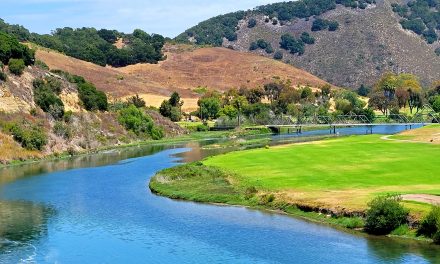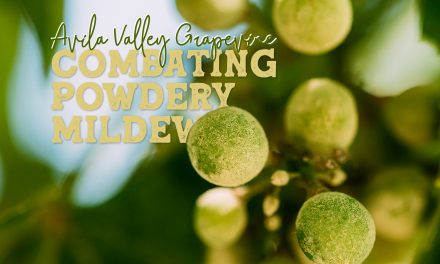Worldwide, this year is shaping up to be a huge winegrape growing problem and an upcoming shift in growing areas with the changing climate resulting in long-term winners and losers. The heatwaves, frost damage, smoke taint, wet summer, and drought will result in a tough harvest this year.
France is expecting a crop loss of 24 to 30 percent because of heavy spring frosts and a wet summer that brought on a heavy mildew season, and a lot more expenses in fungicide applications. The hard frosts impacted 80 percent of France’s main wine-growing regions to include Bordeaux, Burgundy, and Champagne, resulting in an estimated two billion dollars lost, and that is before the rains and a super-hot summer pushing the expected loss even higher. Experts, back in April, were predicting it could be the greatest agricultural catastrophe of the beginning of the 21st century and maybe well before. Some were saying the worst season in the last 40 years.
Italy also suffered from a scorching summer heatwave that ramped up harvest early in the north, and heavy rains have held back the harvest in the south. They expect a drop of over 10 percent but big worries about quality, especially in the mid-section of the country where hail and frost followed by cool summer has affected the crop. They are also having a problem with sea water intrusion with rising sea levels along the coast.
As for the USA, wildfires, especially up north in Oregon, Washington, and Canada after an abnormal early heat season, have ruin many a vineyard as was seen in northern California last year. This year the industry holding its breath with the usual worse fire season now upon us. The smoke travels hundreds of miles and probably tainted this and last year’s wines in many wine appellations. Grapes are like a sponge. The berries can pick up smells from all sorts of sources like from nearby eucalyptus trees, noxious-smelling weeds, and especially smoke which can change the taste and smells in the wine—smoke-tainted wine taste like, as you would expect, ashy, burnt, or a chemical. The problem is you won’t really know until well into the processing of the wine because the chemicals in the wine change with aging. You can still get a good wine, but in most worse cases of smoke, tainted wines are undrinkable.
We all know our situation here in California that the whole lot of the western states are suffering with a long-term drought situation. Droughts in the state have been common in the last couple of centuries, but now more so pushed by record-breaking hot weather, agriculture and municipal demands, and the plain lack of irrigation water. Much of it in areas that may no longer be able to grow the expected quality of grapes they are known for because of the higher heat changes if the trend continues. That would include Napa Valley’s Cabernet Sauvignon and Oregon’s Pinot Noir. Growers are experimenting with heat-resistant varieties and rootstocks, but that takes years, even decades, to come up the right combination, plus the expensive cost replacing existing vineyards. You can also include much of Australia and New Zealand as hot spots.
Mother Nature has a way of taking from one and giving to another. Call it Ying and Yang, or that she abhors a vacuum, but something is afoot. While major old-time wine areas are in jeopardy of sustaining top-quality wines, others are emerging. Places that were too cold to grow quality winegrapes are starting to show promise, thanks to a warmer change in their weather. Those spots include those established wine regions on the edge of the recognized worldwide winemaking belt like China, Canada, and even Patagonia are expected to increase production and produce some great wines. One of the biggest winners of potential shift in wine production, if the trend continues, is in the southern part of soddy and wet Merry Old England. Also, include the Scandinavian countries where vineyards are being developed and with longer summers have produced some great vintages. Japan is getting some notice internationally for some of their wines. But looking at the main suppliers of the world production of wine, it would take a lot to make up for losing regions in the four main wine-producing countries Italy, France, Spain, and the United States, in that order.
Locally, we are having a fairly stress-free normal year with the exception of the perennial problem of finding pickers. According to our local weather guru, John Lindsey, no rain likely through October. That is good because harvest is running a little late, but the crop looks to be about average. We did have that heat spike in June when the grapes started maturing and a long foggy summer which has prolonged the growing season on this side of the Grade. Pretty hot on the other side, but they are used to it. Their well-publicized problem is there are too many “straws” in the aquifer to sustain vineyards during a long-term drought. Compared to the rest of the world, we are still very fortunate to live in a pretty balanced environment.






